Using Sources
It is important to use a wide range of sources such as pictures, artefacts, music and sights. Children will use these to build up their enquiry thought and processes and to build up their understanding of past.
Sort by:
Date (Newest first) | Title A-Z
Show:
All |
Articles |
Podcasts |
Multipage Articles
-

Using feature films as a means of enhancing history teaching in the primary school
ArticleClick to view -

Using inventories in Key Stage 2 history
ArticleClick to view -

Using oral history in the classroom
Multipage ArticleClick to view -
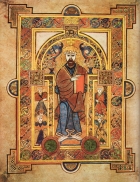
Using original sources
ArticleClick to view -

Using school logbooks - Bishop Graham Memorial Ragged School, Chester
ArticleClick to view -

Using shoes as an historical source
ArticleClick to view -

Using some more unusual sources in the primary classroom
ArticleClick to view -

Using the back cover image: Moustache cup
ArticleClick to view -

Using the back cover image: Mummified cat
ArticleClick to view -

Using the back cover image: Oxford Street in the 1960s
ArticleClick to view -

Using the back cover image: Reconstructing the Romans
ArticleClick to view -

Using the back cover image: Sandbach Crosses - an Anglo-Saxon market cross
ArticleClick to view -
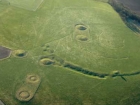
Using the back cover image: Windmill Hill
ArticleClick to view -

Using trade directories: reconstructing life 100 years ago
ArticleClick to view -
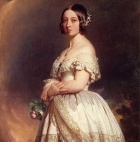
Victorians
ArticleClick to view -

Viking and Anglo-Saxon struggle for the kingdom of England
ArticleClick to view -
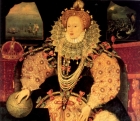
Visual Literacy: Learning through pictures and images
ArticleClick to view -
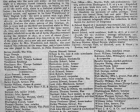
What can you do with a Victorian Trade Directory…?
ArticleClick to view -

What can you do with an old postcard?
ArticleClick to view -
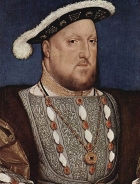
What do we mean by Big Picture History?
ArticleClick to view

